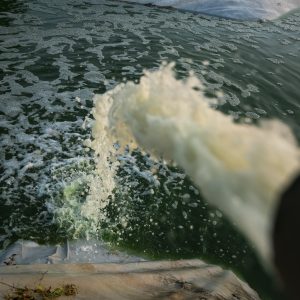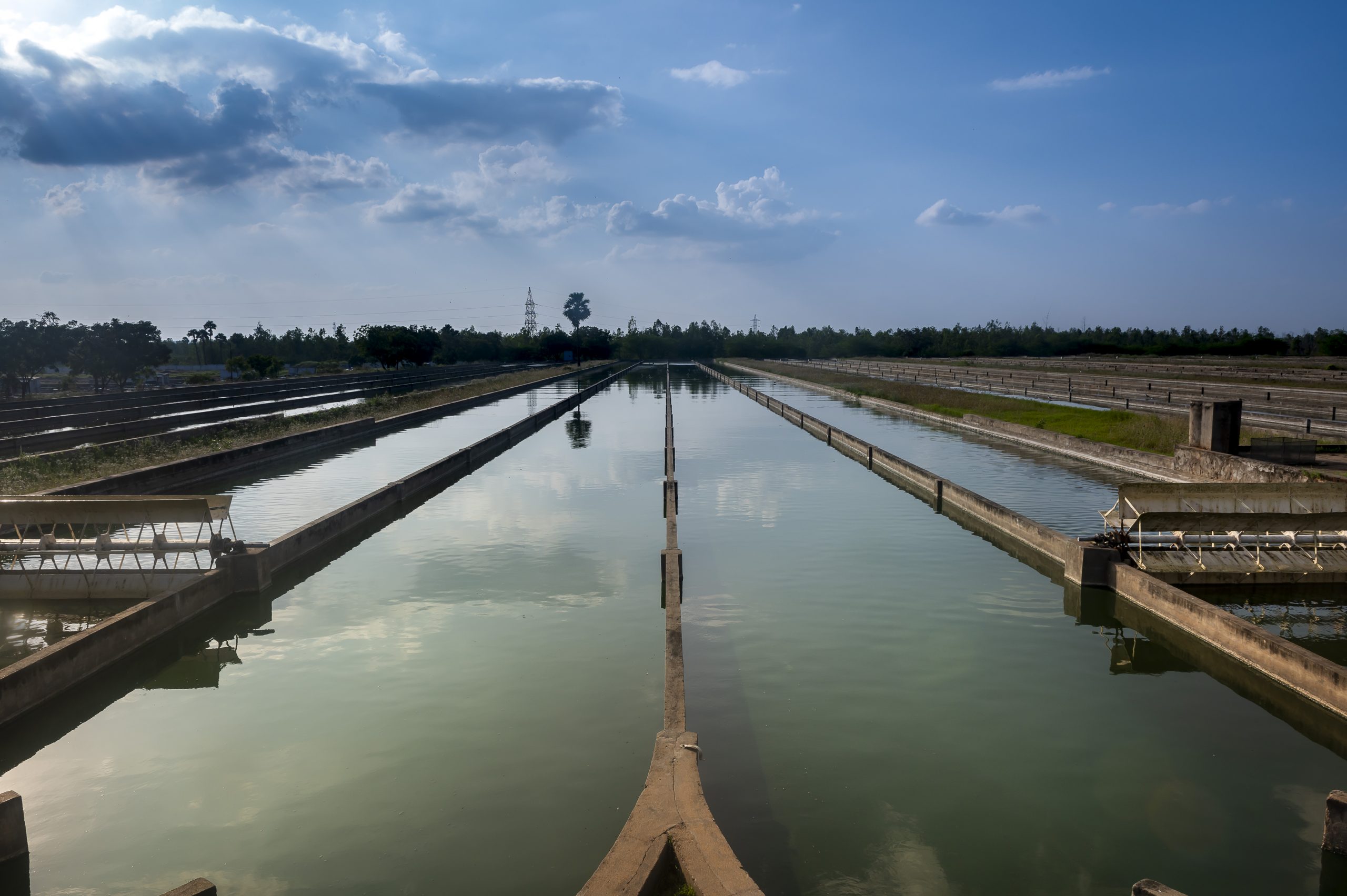
In our previous articles, we spoke about the benefits of spirulina and how spirulina acts as a superfood. In this article, we shall see how spirulina can act as a feed to fish.
Spirulina in Aquaculture.
Even in aquaculture operations, good nutrition is a factor of the highest order. We have recognized the importance of nutrition to promote growth and in sustaining fish health. We are now developing high quality plant-based diets to ensure an expansion in aquaculture. The feed accounts for more than half of the total variable costs. Providing fish meal has become a high-cost endeavor. The protein content in the feed determines the growth of the fish. Ever since we identified the potential in using algae as fish feed, there is scope to cut down costs drastically. Apart from the cost, we are also seeing promise in the health of several fish species. Due to high quality protein, vitamins and essential fatty acids in Spirulina, it is being used as an alternative source of protein in aquaculture.
Spirulina is a micro alga containing both green(chlorophyll) and blue(cyanobacteria) pigments. Based on its nutritional values, spirulina is classified into two types- spirulina maxima and spirulina plantesis. It is generally found in the Lake Chad region in Central Africa and in Mexico where it is part of human diet and also included in the diets of many fishes for example Tilapia.
The benefits of Spirulina as fish feed:
- Digestibility: The lack of cellulose in its cell wall increases the ability to improve digestion.
- Improves absorption of nutrients.
- Improves immunity: Being a rich source of antioxidant pigments such as phycocyanin and carotenoids, it is observed that spirulina can modulate the host immune system. Adding spirulina can increase disease resistance.
- Improves Fish coloration.
- Improves Fish reproduction.
- Enhances unique lipid production.
- Reduces the mortality rates and disease rates
How does Spirulina improve quality and better coloration in Aquaculture?
Spirulina improved taste, texture and colouring in farm fish by:
- Spirulina provides the essential nutrients present in the animal’s natural food chain which is not available in the commercial feeds.
- Spirulina provides a significant number of carotenoids which results in the colouring.
- Supplying zeaxanthin, which can be converted to astaxanthin (in certain species) for colouring of flesh as well.
- Using Spirulina as a feed supplement results in better growth rates, increased survival rates, and improved quality and coloration of species. This results in cost savings and increased profits for your business.
The role of Pigments in Spirulina:
- Carotenoids: Spirulina contains orange yellow pigments cryptoxanthin and Beta carotene which intensifies the colour of the fish.
- Phycocyanin: This blue pigment absorbs light and emits florescence. It provides a healthier liver function and improved digestion of amino acids.
- Chlorophyll: Chlorophyll is the green pigment that increases the oxygen content in the pond and helps the fish from nitrate poisoning.
Role of Nutrients:
Lipids:In addition to its high content of high-quality protein, our spirulina fish feed supplement provides lipids rich in ‘PUFAs’, or polyunsaturated omega-3 and omega-6 fatty acids. These are the ‘fish oil’ lipids that have become highly prized for their contribution to good cardiovascular health in humans. But it is not always appreciated that algae at the base of the aquatic food chain are in fact the origin of these ‘fish oil’ fatty acids.
Isoleucine:Required for optimal growth, nitrogen equilibrium in the body used to synthesize other non-essential amino acids. Increases muscular energy levels.
Lysine:Building block of blood antibodies. Strengthens circulatory system and maintains normal growth of cells.
Methionine:Vital lipotropic fat and lipid metabolizing amino acid that maintains liver health and acts as a stress reliever which soybean meal-based diets lack.
Threonine:Improves intestinal competence and digestive assimilation, regulates feed consumption and assists skeletal muscle growth.
Tryptophane: Increases the utilization of B vitamins and normalizes the synthesis of serotonin, nicotinic acid, haemoglobin and other compounds necessary for healthy body functions. Improving nerve health while helping to regulate endocrine status, reproductive functions and haematopoiesis.
Valine:Stimulates muscle coordination and protein synthesis, naturally increasing fish growth rates.
The effects of Spirulina of different Fish species:
- Tilapia: Spirulina increase the appetite, improves the colour and enhances the cellular function.
- Salmon: Enhances disease resistance while improving reproduction, appetite, skin quality and colour.
- Yellowtail Tune:Increases growth rate and disease resistance and reduces mortality while enhancing fish coloration.
- Ayu Sweet fish:Improves the flavour, texture and colour of meat while reducing disease.
- Milkfish: Improves growth a reproduction rate.
- Fancy Koi Carp: Enhances skin colour and shine for a healthy appearance, improves disease resistance.
- Queen Conch:Improves juvenile growth and reduces the need for live algae.
- Prawns:Spirulina eliminates the need for live algae and thus improves the immune system and enhances colour.
- Brine shrimp: Spirulina improves the colour and replaces the live algae in the fish.
The aquaculture farmers have observed many differences after introducing algae-based feed. Tests and trials clearly indicated increase in uniform growth rates when fed at the recommended 0.5-2.0%. There is an increase in palatability which helped in optimising feed usage and reducing the feed conversion ratio. The pigments were providing more colour to the fish. Using Spirulina as the feed also showcased the growth of intestinal flora in the animal resulting in better nutrient absorption. The enzymes present in the algae reduced the fat storage in the flesh and started utilisation of the fat for growth.

